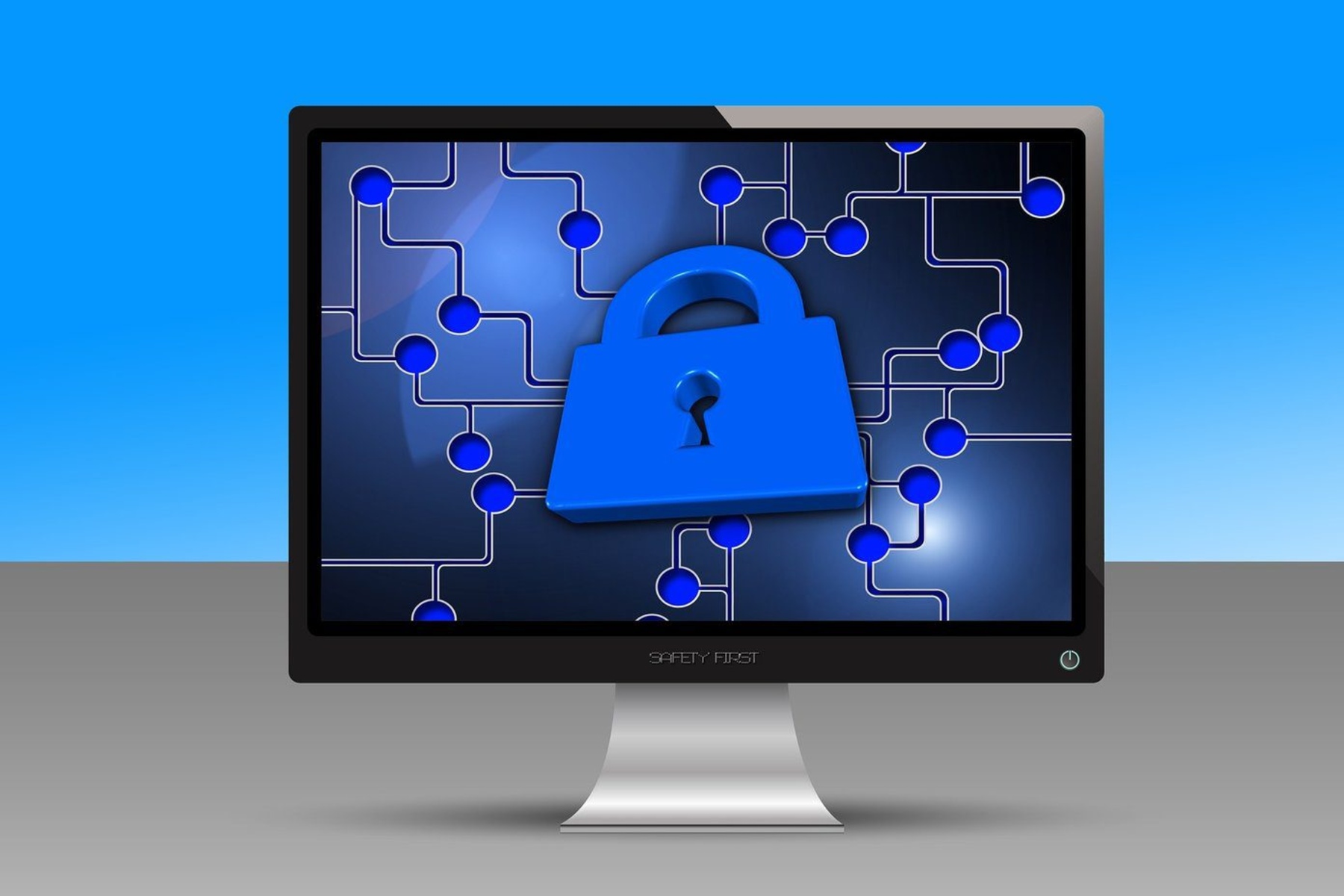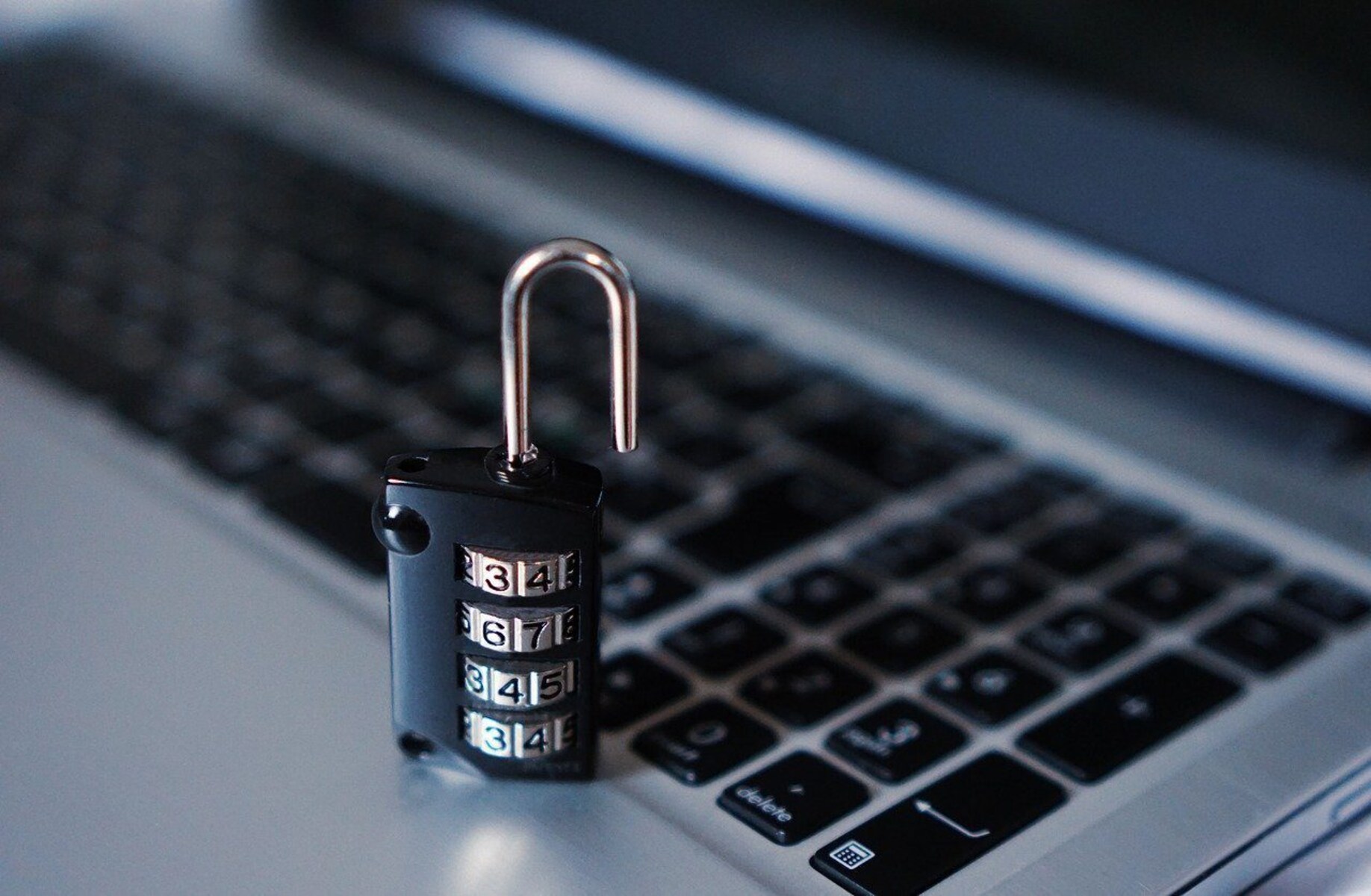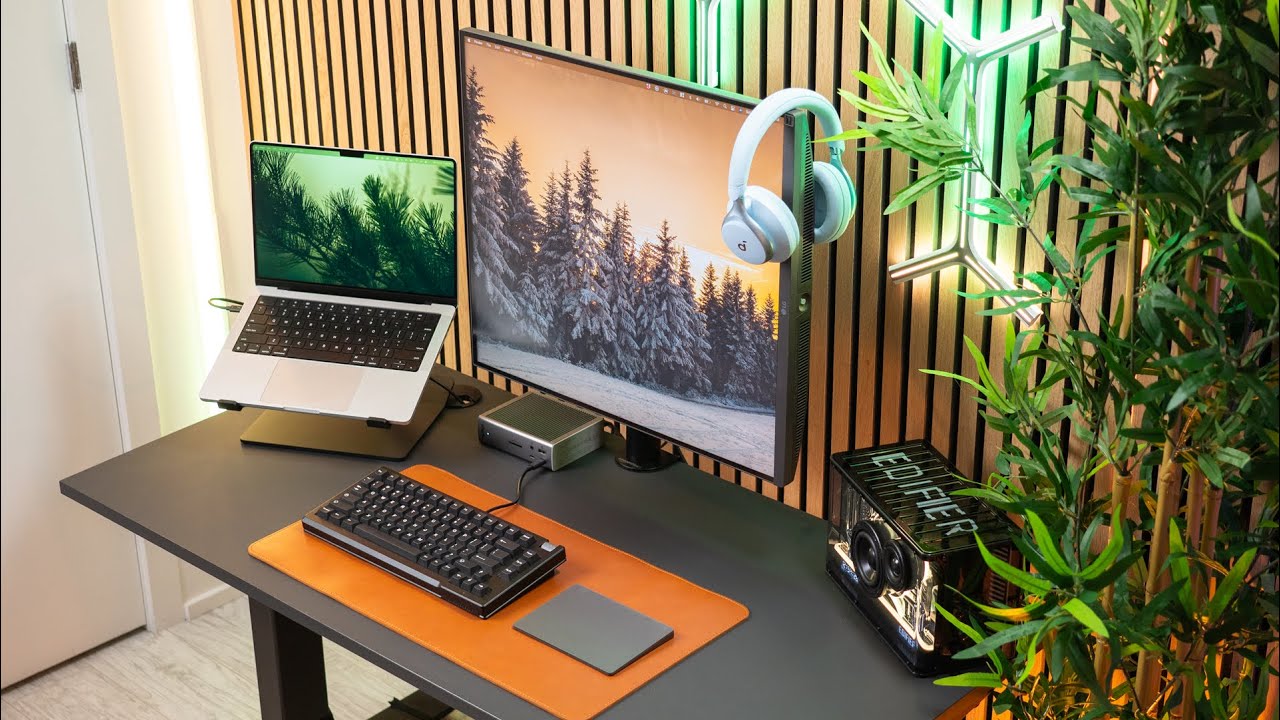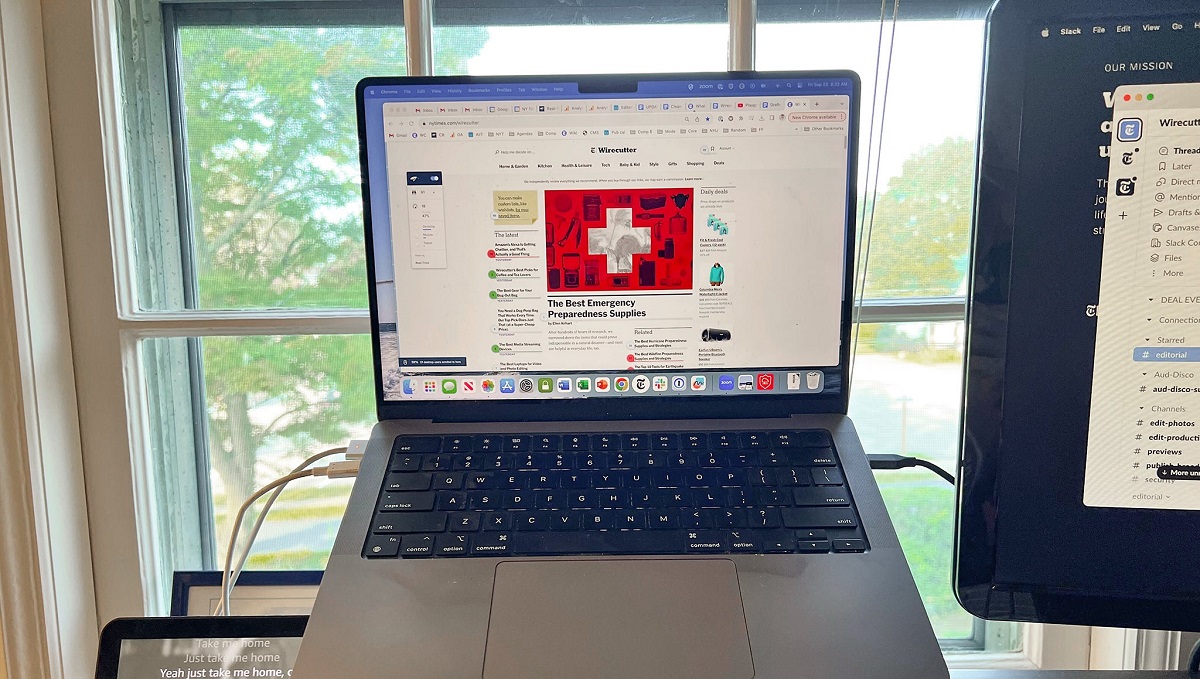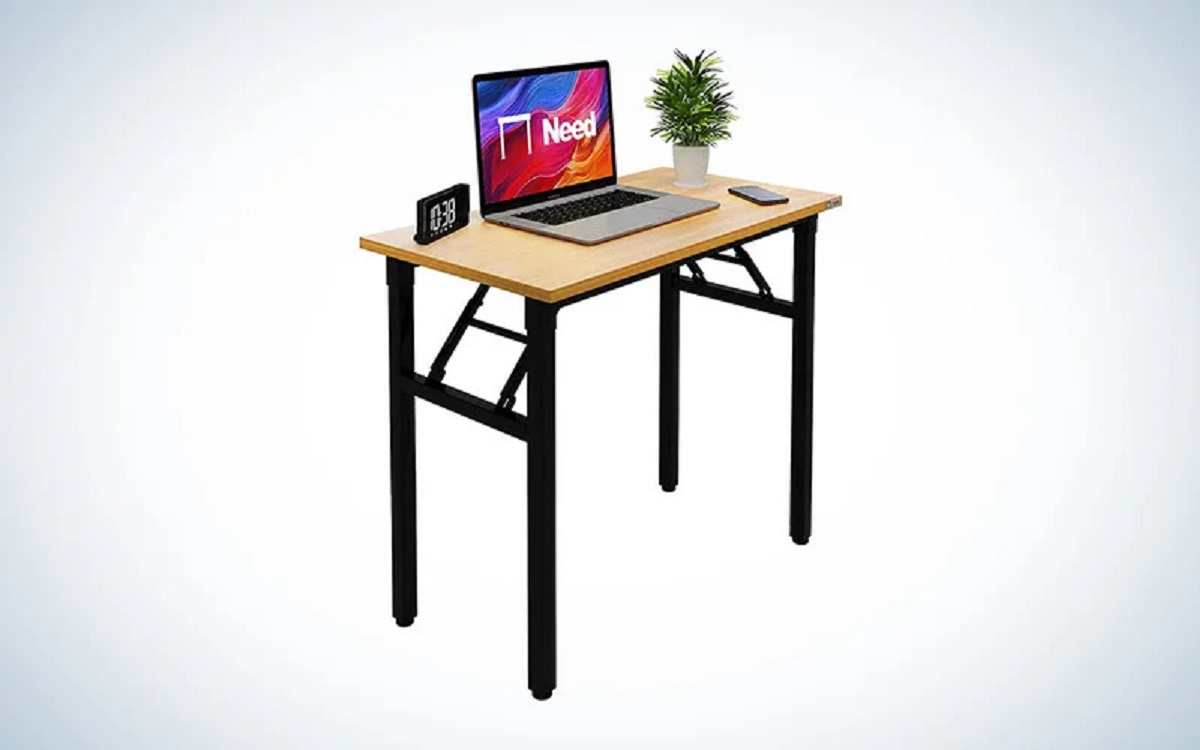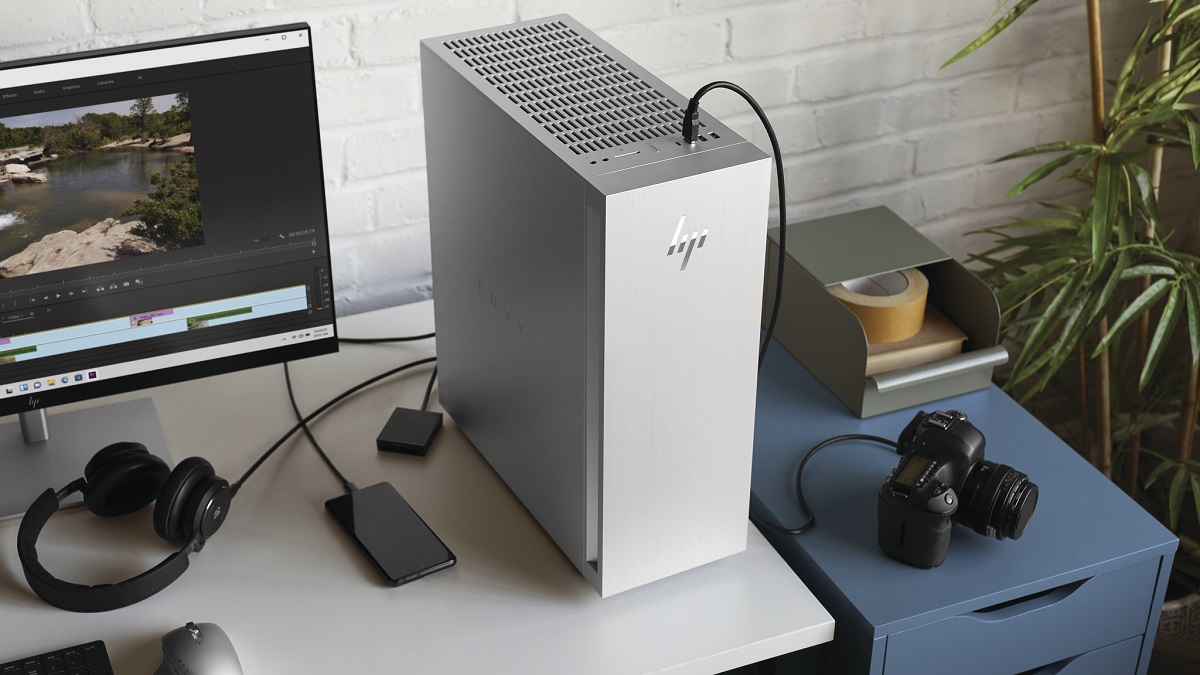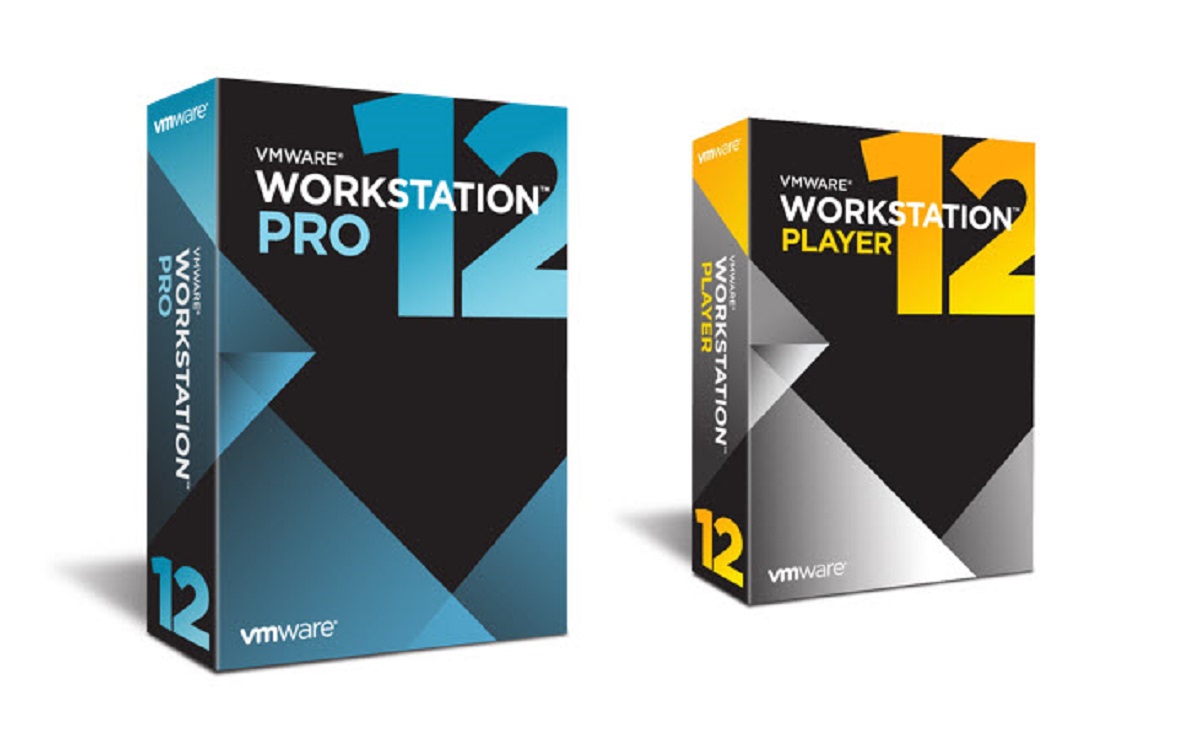Introduction
Locking your computer workstation is an essential practice to protect your sensitive data and maintain your privacy. Whether you’re stepping away from your desk for a moment or leaving your workstation unattended for an extended period, it’s crucial to ensure that unauthorized individuals cannot access your computer.
Computer workstation security is especially important in environments where multiple users share the same device. By locking your computer, you can prevent others from accessing your files, emails, and other confidential information.
Locking your computer also helps safeguard against accidental actions. Imagine the frustration of returning to your workstation only to find that someone mistakenly sent an email from your account or modified important documents. By locking your computer, you can eliminate the risk of unauthorized actions being performed on your behalf.
In this article, we will explore various methods to lock your computer workstation quickly. We will cover keyboard shortcuts, using the Start menu, utilizing the lock button on the taskbar, the Ctrl + Alt + Del method, the Windows + L shortcut, and the automatic locking options available to you. By familiarizing yourself with these methods, you can easily lock your computer workstation and keep your data secure.
Why Lock Your Computer Workstation?
Locking your computer workstation serves as an essential line of defense against unauthorized access and potential security breaches. Here are several key reasons why you should make it a habit to lock your computer:
- Data Protection: Locking your computer prevents unauthorized individuals from accessing your personal and sensitive data. This includes confidential files, emails, login credentials, financial information, and more. By locking your workstation, you ensure that only you have access to your information.
- Privacy Assurance: Locking your computer provides a layer of privacy, especially in shared or public settings. It prevents prying eyes from snooping around your digital workspace, protecting your personal conversations, browser history, and any other private information you may have on your computer.
- Prevention of Unauthorized Actions: Locking your computer can prevent others from performing actions on your behalf. Unauthorized users may accidentally or intentionally send emails, modify documents, or access restricted areas of your computer. By locking your workstation, you minimize the risk of these unwanted actions.
- Productivity Maintenance: Locking your computer when you step away from your workstation ensures that your work remains undisturbed. It prevents co-workers or curious passersby from accessing and tampering with your projects, files, and applications. Additionally, it saves you the time and effort of reorganizing your desktop and reopening all your applications.
- Compliance with Security Policies: Many organizations have strict security policies in place that require employees to lock their workstations when not in use. Adhering to these policies helps maintain a secure work environment and protects sensitive company data from potential breaches.
By recognizing the importance of locking your computer workstation, you can take proactive steps to safeguard your data, maintain your privacy, prevent unauthorized actions, and comply with security guidelines. Now, let’s explore the various methods you can use to lock your computer quickly and effectively.
Methods to Lock Your Computer Workstation
There are several convenient methods available to lock your computer workstation quickly and efficiently. Let’s explore each of these methods in detail:
- Using Keyboard Shortcuts: One of the fastest ways to lock your computer is by using keyboard shortcuts. Simply press the “Windows key + L” simultaneously, and your computer will immediately lock, requiring a password or PIN to regain access.
- Using the Start Menu: Another straightforward method is to use the Start menu. Click on the “Start” button in the bottom-left corner of your screen, and then click on your user profile name or account image. From the menu that appears, select the “Lock” option. Your computer will be locked, and you’ll need to enter your credentials to unlock it.
- Using the Lock Button on the Taskbar: If you have the lock button enabled on your taskbar, you can simply click on it to lock your computer instantly. The button typically appears as a padlock icon and offers a convenient way to secure your workstation with a single click.
- Using the Ctrl + Alt + Del Method: The Ctrl + Alt + Del method has been a staple in Windows operating systems for years. Press these three keys simultaneously, and a screen will appear with several options. Choose the “Lock” option, and your computer will be locked, ensuring that only an authorized user can regain access.
- Using the Windows + L Shortcut: Similar to the first method, you can use the Windows + L shortcut to lock your computer instantly. This shortcut is handy if you frequently need to lock your workstation and want a quick and easy way to do so.
- Using Automatic Locking Options: Many devices offer automatic locking options that can be configured to lock your computer after a certain period of inactivity. This feature ensures that your computer automatically locks itself when you step away, providing an added layer of security and peace of mind.
By utilizing these methods, you can easily and conveniently lock your computer workstation. Choose the method that best suits your preferences and workflow to ensure that your data remains secure and protected.
Using Keyboard Shortcuts
One of the quickest and most efficient ways to lock your computer workstation is by using keyboard shortcuts. By pressing the “Windows key + L” simultaneously, you can instantly lock your computer and make it inaccessible to anyone without the proper credentials.
The Windows key is located on the bottom row of the keyboard, typically between the Ctrl and Alt keys, and is denoted by the Windows logo. The “L” key is simply the letter “L” on your keyboard. Pressing these keys together triggers the lock function, activating the login screen where you must enter your password or PIN to regain access to your computer.
Using keyboard shortcuts to lock your computer workstation offers several advantages. First, it is quick and convenient, allowing you to secure your computer with just a few keystrokes. This is especially useful when you need to step away from your workstation momentarily and want to ensure that your data remains protected.
Furthermore, this method is universal across Windows operating systems, making it easy to remember and use regardless of the version you are using. Whether you are using Windows 10, Windows 8, or an older version, the “Windows key + L” shortcut is a reliable and consistent way to lock your computer.
It is important to note that when you lock your computer using this method, all your active applications and files will remain open. They will, however, be hidden from view and require authentication to access. This means that when you unlock your computer, you can resume your work exactly where you left off.
Additionally, using keyboard shortcuts to lock your computer allows for efficient multitasking. Instead of navigating through menus or clicking on icons, you can simply press two keys together, saving you time and effort. It also minimizes the risk of accidentally clicking or closing applications while attempting to lock your computer.
Overall, using keyboard shortcuts to lock your computer workstation is a simple yet effective method to ensure the security and privacy of your data. Remember to make it a habit to lock your computer whenever you step away, even for a short period, to minimize the risk of unauthorized access or accidental actions.
Using the Start Menu
Another convenient way to lock your computer workstation is by utilizing the Start menu. This method is particularly useful if you prefer using the mouse as your primary input device or if you don’t remember keyboard shortcuts.
To lock your computer using the Start menu, follow these simple steps:
- Click on the “Start” button located in the bottom-left corner of your screen. The Start menu will appear.
- Locate and click on your user profile name or account image in the top-right corner of the Start menu. A dropdown menu will appear.
- In the dropdown menu, select the “Lock” option. Your computer will be locked immediately.
Locking your computer through the Start menu provides a visual cue that your workstation is secured. The screen will instantly switch to the login screen, prompting anyone attempting to access your computer to enter a password or PIN. This ensures that only authorized users can gain access to your data.
This method offers a simple and intuitive way to lock your computer, making it accessible to all users regardless of their level of technical expertise. It is particularly useful in shared environments where multiple individuals may use the same workstation.
By locking your computer through the Start menu, you also have the benefit of easily accessing other options and functions available in the dropdown menu. For example, you can quickly switch users, shut down or restart your computer, or access the settings menu without the need to unlock your workstation first.
Additionally, the Start menu method allows you to personalize your lock screen. By customizing your user profile image or account picture, you can make your workstation stand out and add a personal touch to your computer’s appearance.
Remember to make it a habit to lock your computer whenever you step away from your workstation, even if it’s just for a short period. By utilizing the Start menu method, you can easily and effectively secure your computer, protecting your data and privacy from unauthorized access.
Using the Lock Button on the Taskbar
If you’re looking for a quick and hassle-free way to lock your computer workstation, using the lock button on the taskbar is a convenient option. This method offers a one-click solution to secure your computer, making it inaccessible to anyone without the proper login credentials.
The lock button is typically located on the far right side of the taskbar, next to other system icons. It is represented by a padlock symbol, making it easily recognizable. By clicking on this button, you can instantly lock your computer and activate the login screen.
Here’s how to use the lock button on the taskbar to lock your computer:
- Locate the lock button on the taskbar, usually on the far right side.
- Click on the lock button using your mouse or trackpad.
Once you’ve clicked on the lock button, your computer will be locked, and the screen will switch to the login screen. To regain access to your computer, you will need to enter your password or PIN.
This method of locking your computer is incredibly simple and efficient. It allows you to secure your workstation with just a single click, making it ideal for situations where you need to step away from your desk quickly.
Using the lock button on the taskbar is particularly useful if you prefer visual cues to indicate that your computer is locked. When you click on the lock button, the screen instantly changes, visually signaling that the computer requires authentication to be unlocked.
In addition to locking your computer, the lock button also provides quick access to other system functions. By right-clicking on the lock button, you can access options such as switching users, signing out, restarting, or shutting down your computer.
It’s important to note that the availability of the lock button on the taskbar may vary depending on your system settings and configuration. If you don’t see the lock button on your taskbar, you can enable it by right-clicking on the taskbar, selecting “Taskbar settings,” and ensuring that the “Lock” option is turned on.
Remember to utilize the lock button on the taskbar when you need to secure your computer workstation. It provides a convenient and efficient way to protect your data and maintain your privacy, giving you peace of mind that your computer is secure when you’re not using it.
Using the Ctrl + Alt + Del Method
The Ctrl + Alt + Del method is a classic and reliable way to lock your computer workstation. This method has been available in Windows operating systems for many years and offers an added layer of security by triggering a security screen where you can choose various options, including the lock function.
To lock your computer using the Ctrl + Alt + Del method, follow these simple steps:
- Press the Ctrl, Alt, and Del keys simultaneously on your keyboard.
- A screen will appear with several options, such as Lock, Switch user, Task Manager, and others.
- Click on the “Lock” option to instantly lock your computer.
By using this method, you activate a security screen that requires further action before accessing your computer. This provides an additional layer of protection against potential threats and unauthorized access.
The Ctrl + Alt + Del method is particularly useful in scenarios where you want to ensure that your computer is securely locked and protected. This method prevents any applications or processes from intercepting the lock action, making it a reliable way to safeguard your data.
In addition to locking your computer, pressing Ctrl + Alt + Del also gives you quick access to other essential functions. For example, you can choose to switch users, open the Task Manager to manage processes, or even restart or shut down your computer from the security screen.
Using the Ctrl + Alt + Del method allows you to have precise control over your computer’s security. It’s a key combination that is easy to remember and universally consistent across various Windows operating systems, making it a dependable option for locking your computer workstation.
Make it a habit to use the Ctrl + Alt + Del method whenever you step away from your computer and want to ensure that it remains secure. By taking this simple step, you can protect your sensitive data, maintain your privacy, and prevent unauthorized access to your workstation.
Using the Windows + L Shortcut
The Windows + L shortcut is a quick and efficient method to lock your computer workstation with just a few keystrokes. By pressing the Windows key and the letter L simultaneously, you can instantly lock your computer and require a password or PIN to regain access.
The Windows key is located on the bottom row of your keyboard, usually between the Ctrl and Alt keys, and is denoted by the Windows logo. Pressing this key in combination with the letter L triggers the lock function, immediately securing your workstation.
Using the Windows + L shortcut offers several advantages and benefits. First, it is a fast and convenient way to lock your computer, allowing you to secure your workstation in a matter of seconds. This is especially useful when you need to step away from your computer momentarily but want to ensure that your data remains protected.
This shortcut is universally available across Windows operating systems, making it compatible regardless of the version you are using. Whether you have Windows 10, Windows 8, or an older version, the Windows + L shortcut reliably locks your computer and activates the login screen.
When you use the Windows + L shortcut to lock your computer, all your open applications and files remain intact. They are hidden from view and require authentication to access. This means that when you unlock your computer, you can pick up right where you left off, saving you time and hassle.
Additionally, using the Windows + L shortcut for locking your computer promotes efficient multitasking. Instead of navigating through menus or clicking on icons, you can simply press two keys simultaneously, allowing you to lock your computer quickly without interrupting your workflow.
It’s important to note that the Windows + L shortcut may vary slightly in different keyboard layouts or systems where the Windows key is remapped. In such cases, adjusting the layout or locating the corresponding key can help you utilize this shortcut effectively.
By incorporating the Windows + L shortcut into your routine, you can easily and effectively lock your computer workstation whenever needed. Remember to utilize this shortcut whenever you step away from your workstation, even for a short period, to safeguard your data and maintain your privacy.
Using Automatic Locking Options
Automatic locking options are a convenient feature available on many devices that can help you effortlessly lock your computer workstation after a certain period of inactivity. This eliminates the need to manually lock your computer every time you step away, providing an additional layer of security and peace of mind.
By enabling automatic locking, your computer will automatically lock itself when it detects a period of inactivity. The length of the inactivity period can usually be customized to suit your preferences, ranging from a few minutes to a couple of hours. Once the specified idle time elapses, your computer will lock, requiring you to enter your password or PIN to regain access.
Enabling automatic locking options offers several benefits. Firstly, it ensures that your computer remains secure even if you forget to manually lock it. This is particularly useful when you get distracted or when unexpected interruptions occur, as your computer will automatically lock, safeguarding your data and preventing unauthorized access.
Additionally, automatic locking helps conserve power and extend the lifespan of your device. When your computer locks due to inactivity, it goes into a low-power state, reducing energy consumption. This can be especially useful for laptops and other portable devices, helping to preserve battery life when not in use.
Automatic locking options are highly customizable, allowing you to tailor the idle time settings to suit your specific needs. You can adjust the time duration based on how quickly you want your computer to lock when left unattended. This flexibility ensures that the automatic locking feature adapts to your workflow and preferences.
Most operating systems provide built-in settings for automatic locking options. You can typically find these settings in the Power Options or Security settings section of your system. From there, you can specify the idle time duration before your computer locks and make any other necessary adjustments.
It’s worth noting that automatic locking may not be suitable for all scenarios or environments. For example, if you are working on a shared computer or in a public space, it may be more appropriate to manually lock your workstation to ensure immediate security. However, automatic locking options can still be useful in situations where you’re confident that only authorized individuals have access to your device.
Take advantage of the automatic locking options available to you to enhance the security and convenience of your computer workstation. By enabling this feature, you can effortlessly ensure that your data remains protected and your privacy is maintained, even when you’re not actively using your computer.
Conclusion
Locking your computer workstation is crucial for protecting your sensitive data, maintaining your privacy, and preventing unauthorized access. In this article, we explored various methods to quickly and effectively lock your computer.
We discussed the use of keyboard shortcuts, such as the Windows + L shortcut, which allows you to lock your computer with just a few keystrokes. We also explored using the Start menu, the lock button on the taskbar, the Ctrl + Alt + Del method, and the convenience of automatic locking options.
Each method offers its own benefits and advantages. Keyboard shortcuts provide quick and efficient locking capabilities, while using the Start menu allows for a more visual and accessible approach. The lock button on the taskbar offers one-click convenience, and the Ctrl + Alt + Del method provides an added layer of security. Lastly, utilizing automatic locking options ensures that your computer remains locked and secure after a period of inactivity.
Whether you choose to utilize one specific method or a combination of them, the key is to make locking your computer a consistent and habitual practice. By doing so, you can protect your data, maintain your privacy, and prevent unauthorized individuals from accessing your workstation.
Remember to take into consideration your specific needs, workflow, and the environment in which you use your computer workstation. Choose the method that best suits your preferences to ensure a seamless and secure locking experience.
By following the guidelines outlined in this article and being mindful of the importance of computer workstation security, you can effectively protect your data and maintain a safe and private computing environment. Safeguarding your information is a vital component of responsible computer usage and maintaining the integrity of your personal and professional data.







